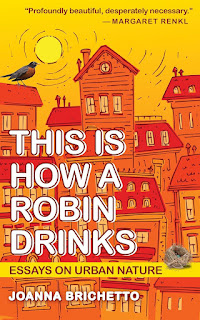Or tomorrow; or next week; or next month. Late fall is the
best time to plant trees in Georgia, and some areas of Georgia can plant in
winter. Georgia’s Arbor Day is in February, proof that it is a good time (not April when it is getting too
warm already to establish trees). Tree and shrub roots get their best start
during our cool and wet winter season.
 |
| A collection of oaks with one pine |
As more development advances, native trees are the biggest
loss. Even the ragged edge of sweetgums, tuliptrees, pines, and maples found on
vacant lots and roadsides are serving the native ecosystem while they remain. All
too often those trees fall to parking lots replanted with exotic plants like crape
myrtles, Chinese pistache, and loropetalums. Some older parking areas were
landscaped with red
maples, many of which are still colorful this week. Newer parking lots are
not using them as much.
You can make a difference by planting native trees in your
landscape and recommending that areas near you do too. Several of my previous
blogs help explain why and give links to many of my native tree posts over the
years:
A
Native Tree is Not Just a Tree – it’s an ecosystem.
Get
a Tree That Does More – ideas for trees by category (spring flowers, fall
color, underused trees, small trees).
A
Celebration of Trees – links to most of my tree posts, including evergreen
ideas.
So get out there and make plans to add more native trees to
your landscape. Replace an exotic tree like crape myrtle if you need to make
room; I think Serviceberry
makes a great replacement! It doesn’t have to be a big tree; science has proven
that smaller trees recover from the transplant sooner and grow to equal a
bigger tree in just a few years.
 |
| Serviceberry in spring, summer, and fall |



